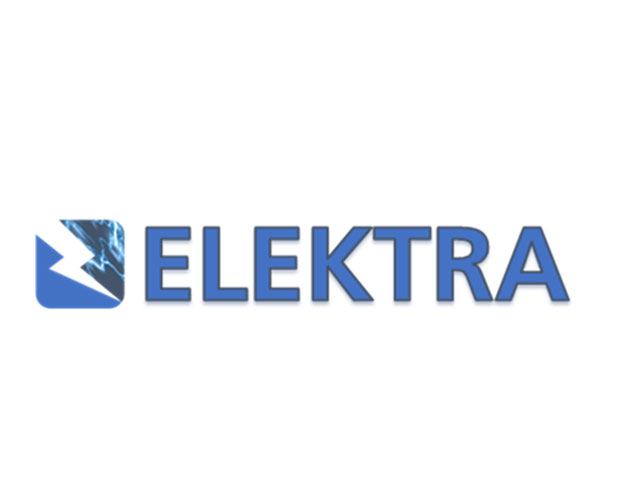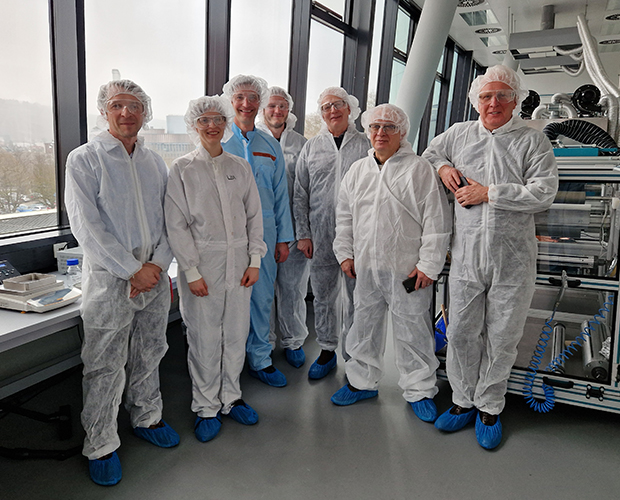ELEKTRA - Novel electrochromic elements as a smart and energy-efficient retrofit solution in existing buildings based on electrochemical deposition
Motivation
Electrochromic (EC) window elements are used to reduce the energy required for cooling buildings. These can change the light transmission up into the infrared range by means of an electrical voltage and thus reduce the heating of rooms, especially in modern buildings with large glass surfaces. Currently, commercial EC layers are primarily produced using an energy- and cost-intensive sputtering process. As a result, there is a lack of retrofitting solutions for existing buildings that are significantly more economical than replacing windows. One possible solution would be electrochromic films, but there is currently a lack of low-cost production processes for these.
Objectives and approach
The aim of the KMU-innovativ project ELEKTRA is to develop a continuous manufacturing process for electrochromic films. To this end, the electrochemical batch process is being further developed into a roll-to-roll (R2R) process for aqueous solutions on film. An automated coating system is being designed that will enable in-situ quality control using optical layer thickness measurement and segmented anode control. At the same time, the control of the EC films is to be developed. Within the prototypical implementation, the process quality is analysed. A practical test of the film elements is carried out by applying them to a glass element as a demonstrator.
Innovations and perspectives
Transferring this wet-chemical process to an R2R process will, for the first time, enable efficient coating that can be used to produce cost-effective EC film elements for windows in new buildings and as a retrofit solution in energy-efficient renovation. The innovative approach combines continuous coating processes with in-situ quality control. It is conceivable that the results could be transferred to other window applications in vehicles and in transportation. The knowledge gained in the use of the R2R process thus sets new standards in the production of coated films.


